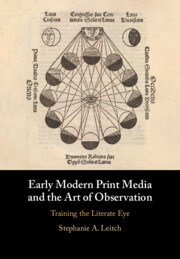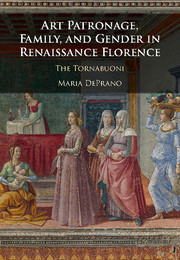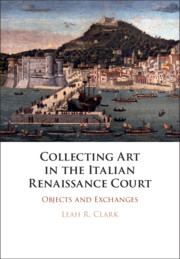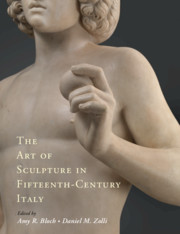Early Modern Print Media and the Art of Observation
Early modern printmakers trained observers to scan the heavens above as well as faces in their midst. Peter Apian printed the Cosmographicus Liber (1524) to teach lay astronomers their place in the cosmos, while also printing practical manuals that translated principles of spherical astronomy into useful data for weather watchers, farmers, and astrologers. Physiognomy, a genre related to cosmography, taught observers how to scrutinize profiles in order to sum up peoples' characters. Neither Albrecht Dürer nor Leonardo escaped the tenacious grasp of such widely circulating manuals called practica. Few have heard of these genres today, but the kinship of their pictorial programs suggests that printers shaped these texts for readers who privileged knowledge retrieval. Cultivated by images to become visual learners, these readers were then taught to hone their skills as observers. This book unpacks these and other visual strategies that aimed to develop both the literate eye of the reader and the sovereignty of images in the early modern world.
- Introduces images and textual supports of popular genres that built lay knowledge in early modernity to readers
- Argues for the role of images in directing empirical experience
- Provides visual analysis of images popular outside of art history but infrequently analyzed
Product details
June 2024Hardback
9781009444521
360 pages
261 × 182 × 23 mm
0.93kg
Available
Table of Contents
- 1. Introduction: learning to look with books for the literate eye
- Part I. Coaching the Eyewitness:
- 2. Don't forget your Apian: a DIY guide to the cosmos
- 3. Facial profiling: physiognomy and the art of inspection
- Part II. Collecting and Cognitive Challenges:
- 4. Visualized data and searchable science: The Liber Quodlibetarius (c. 1524)
- 5. Vexed viewing: anamorphosis and the visual argumentation of labored looking
- 6. Conclusion: Observational thinking
- Bibliography.












